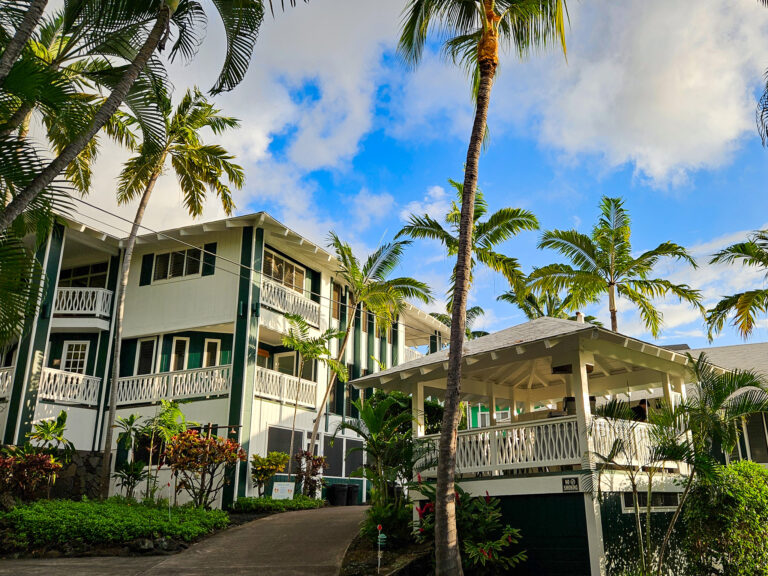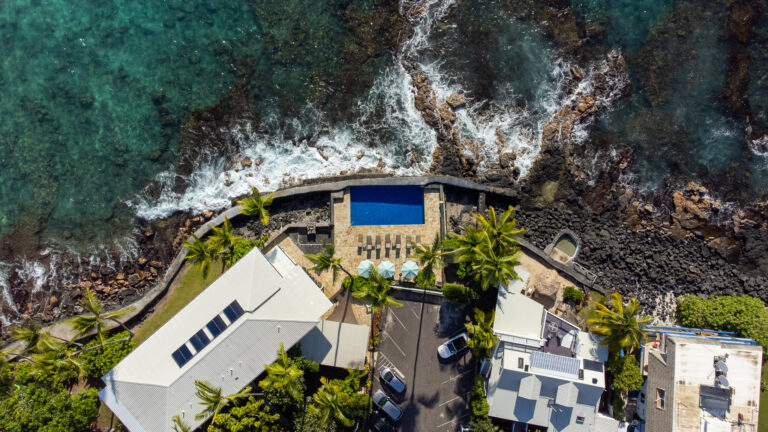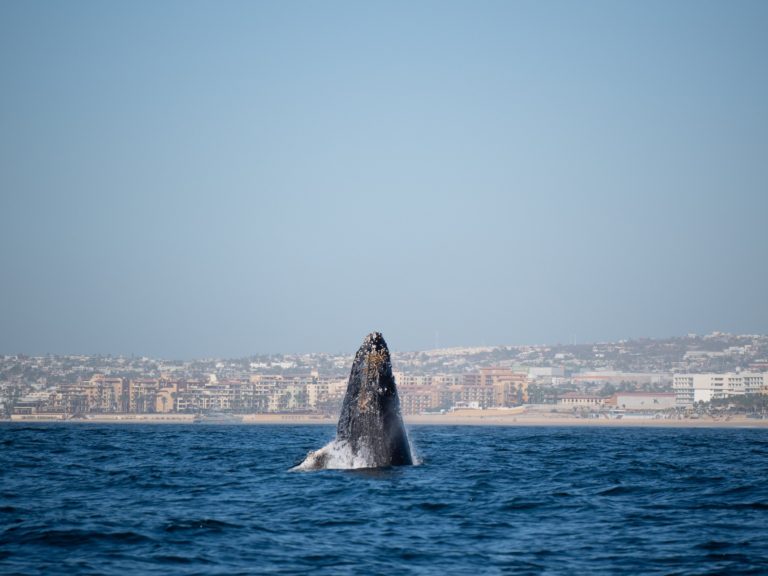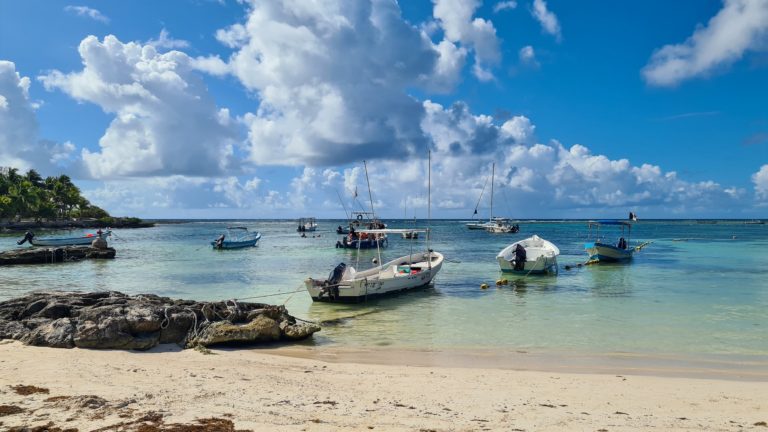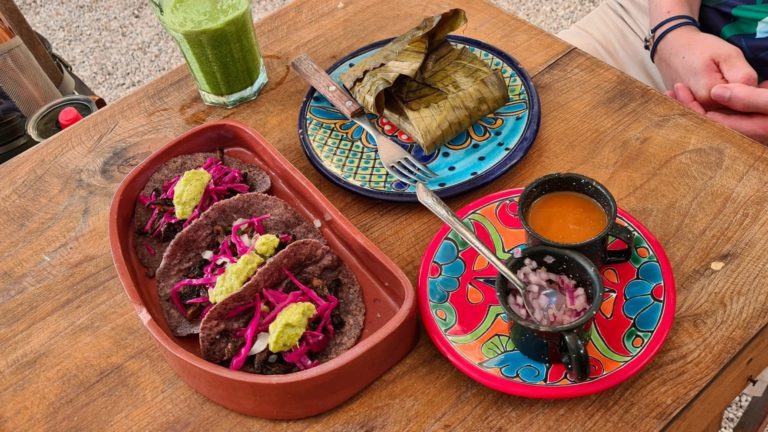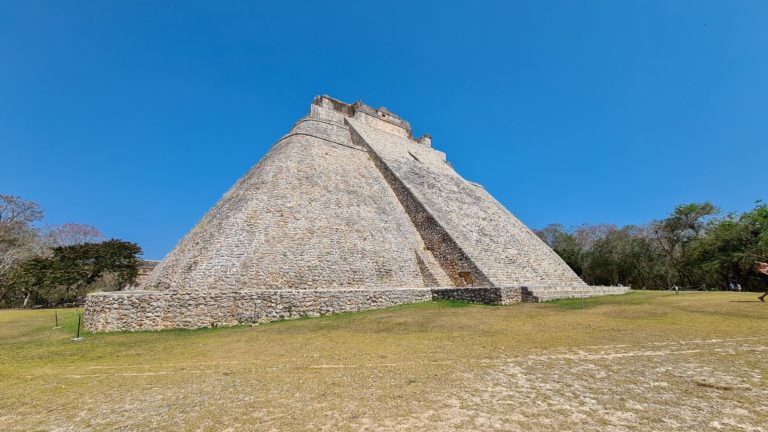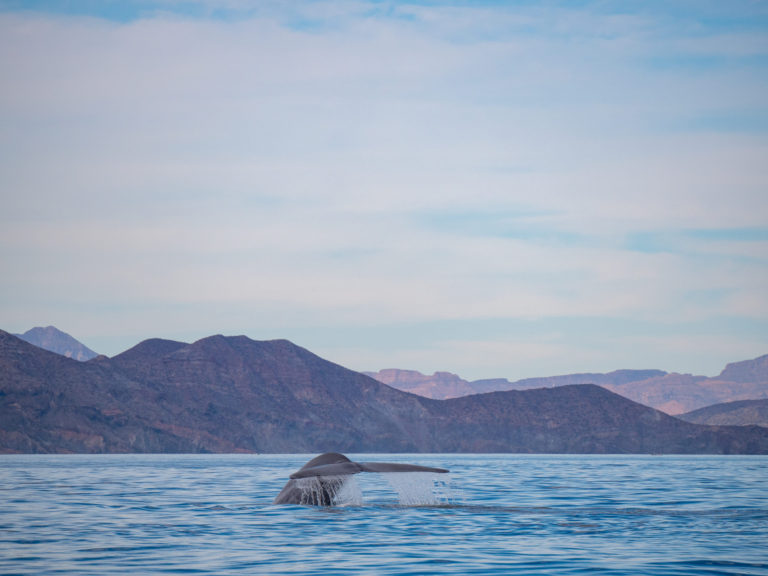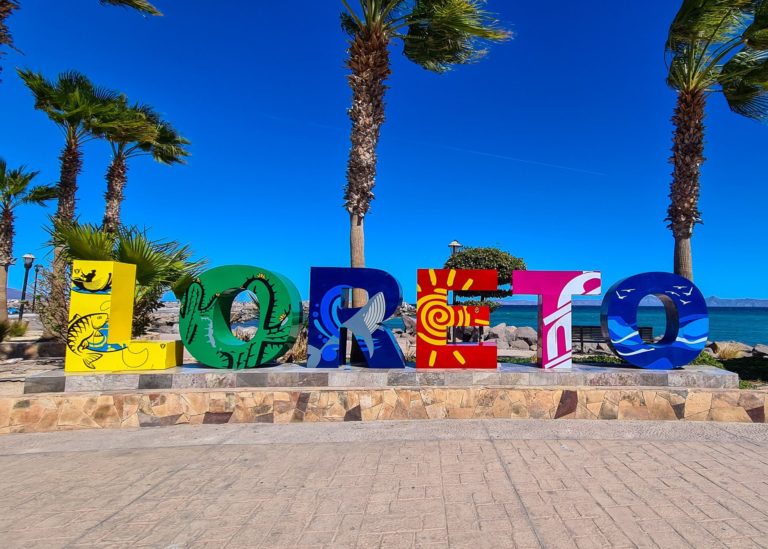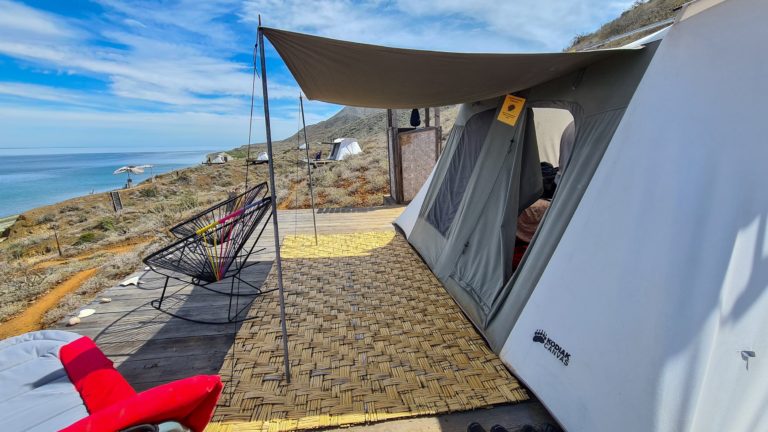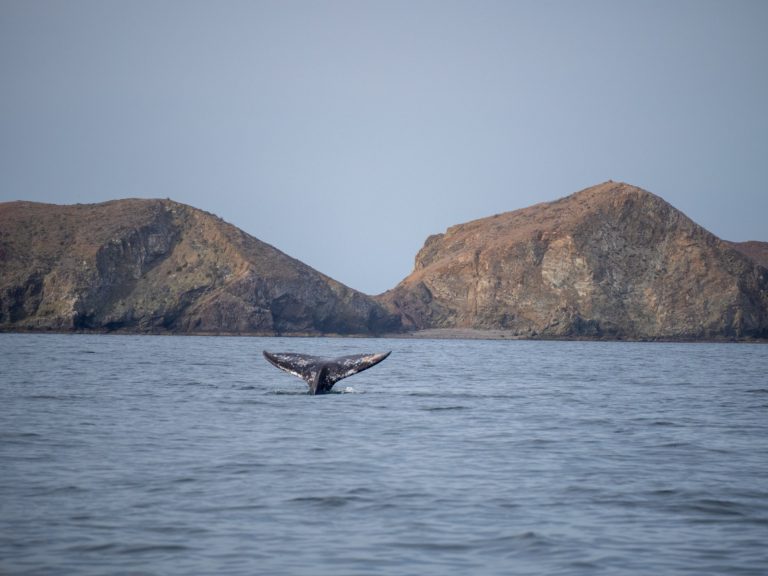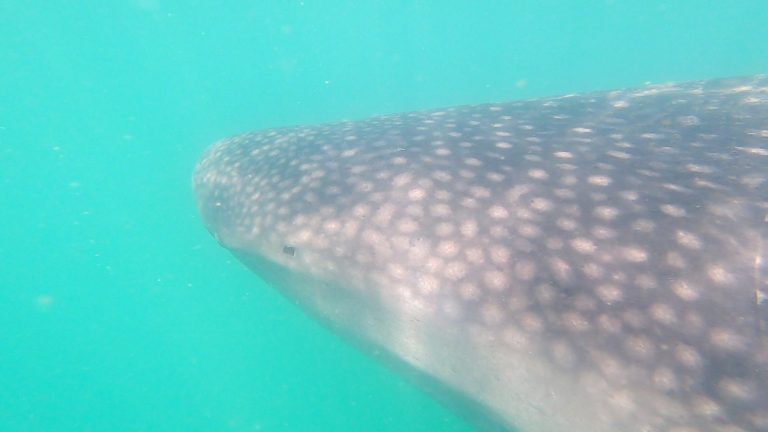Cancún’s Historical Hidden Gem
Everything you need to know about visiting Cancún’s Mayan Museum, Museo Maya de Cancún y Zona Arqueológica de San Miguelito.
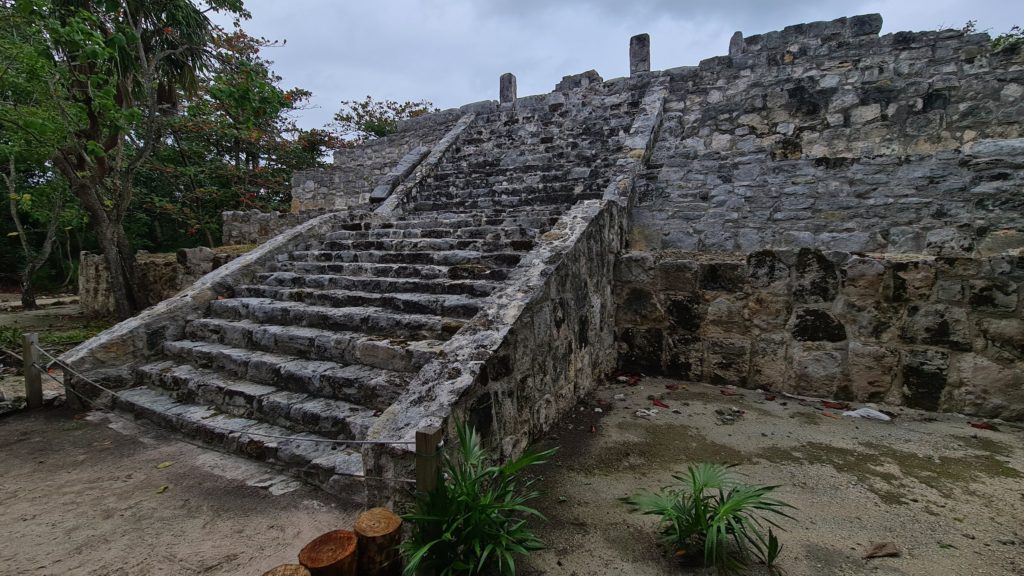
This post may contain affiliate links, which means we might earn a small commission on anything purchased through these links at no extra cost to you. Learn more on our disclaimer page.
Ok, so maybe it’s not totally hidden but, since most tourists to Cancún don’t leave their resort, we thought Museo Maya de Cancún y Zona Arqueológica de San Miguelito was worth at least mentioning! While not as big as the classic day trips from Cancún, like Chichén Itzá, Museo Maya de Cancún is still one of the top things to do in Cancún and the whole of the Riviera Maya.
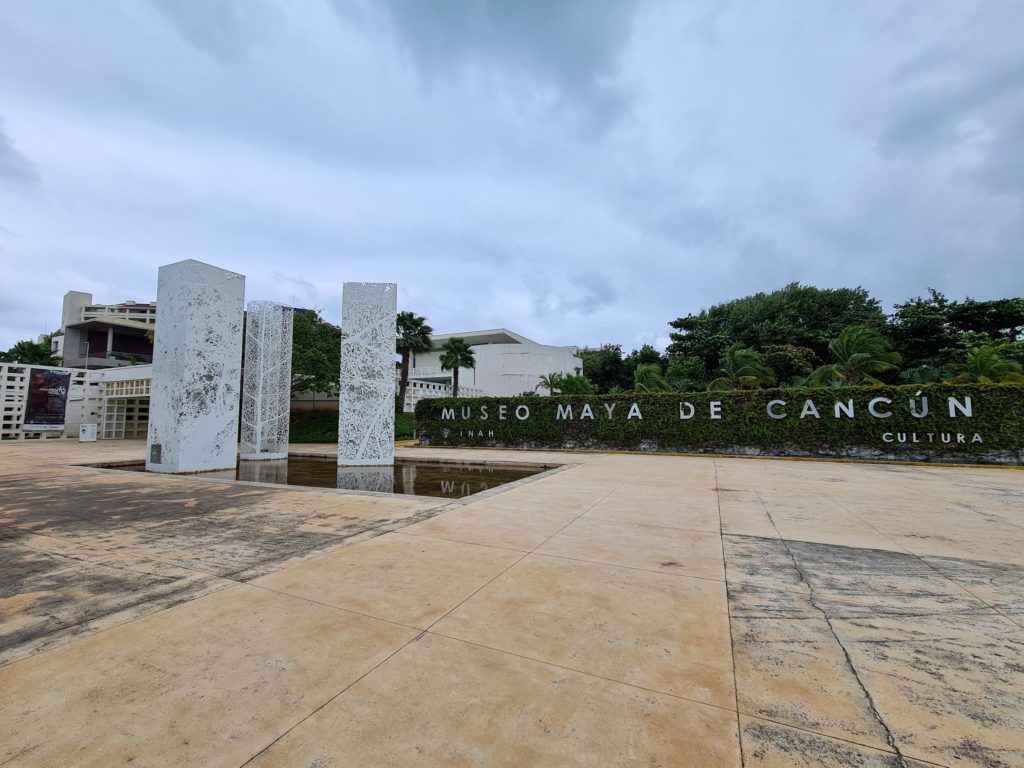
There are several reasons why you need to visit the museum of Mayan history in Cancún. It’s easy to get to, it’s cheap to enter and it contains some really interesting information on Mayan life, as well as historical artefacts and art. You can also walk through lush jungle to the ruined pyramids of the San Miguelito community, who used to live in what is now the archaeological site in the Zona Hotelera.
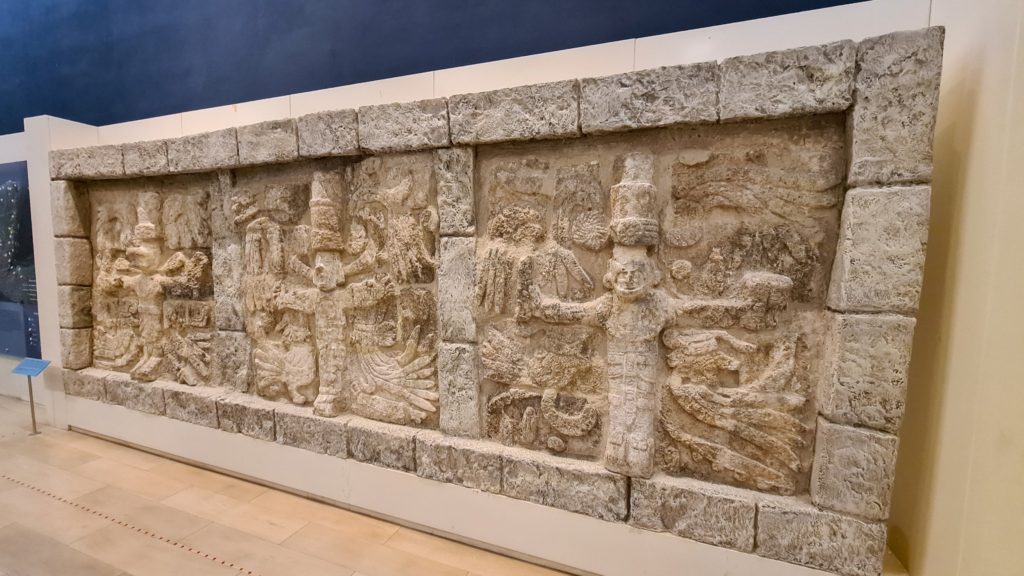
What is Museo Maya de Cancún y Zona Arqueológica de San Miguelito?
Museo Maya de Cancún is an archaeological Mayan museum nestled in the heart of the Hotel Zone. A visit starts with an exhibition of Mayan artefacts, taking you through the timeline of the Mayan era (which spanned hundreds of years). There are numerous information boards, which have been translated into English, as well as informative signs about artefacts which are only in Spanish.
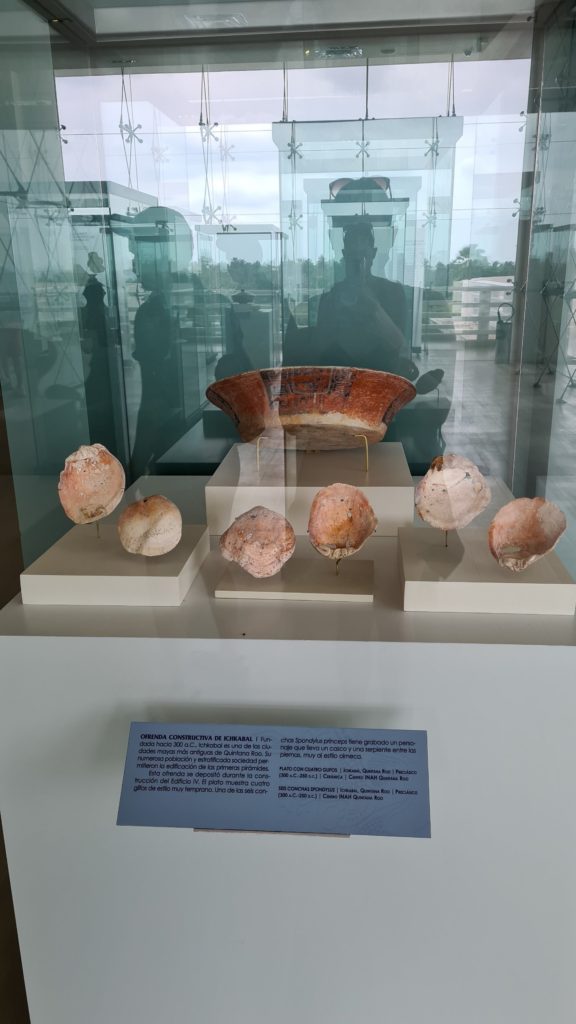
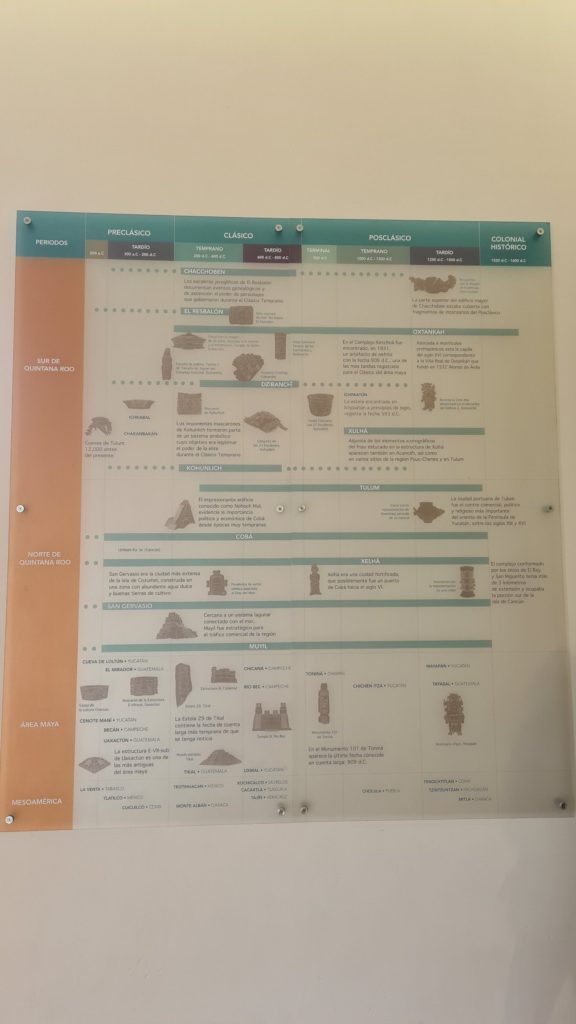
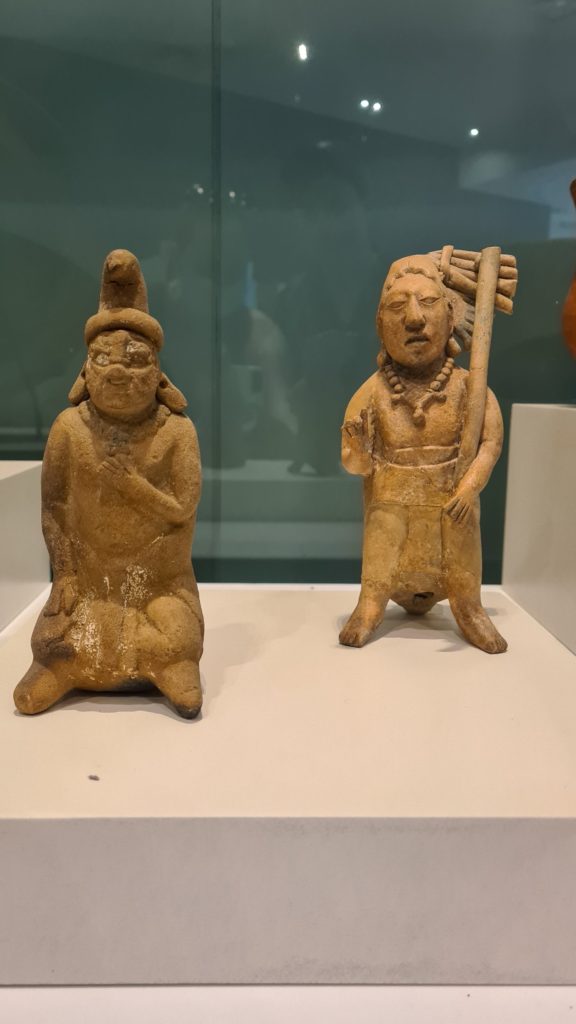
How to get to Museo Maya de Cancún y Zona Arqueológica de San Miguelito
The easiest way to get to Museo Maya de Cancún if you’re staying in a nearby hotel is to walk. It is situated opposite the Hotel Emporio and close to Omni Cancun Hotel & Villas, Royal Uno All Inclusive Resort & Spa and The Royal Islander. The entrance is on the west side, off Punta Nizuc road.
Alternatively, you can take the bus. The R-1, R-2 and R-27 buses stop in front of the museum and cost 12 pesos.
Taxis are easy to flag down in Cancún, but you should agree upon a price before getting in. Or use the Uber app, which tends to be cheaper than a local taxi.
Parking at the museum is free but usually fills up by mid-morning, so try to arrive early if you’re planning to drive. If there are no spots left, try the free car park at Playa Delfines, which is about 1 mile (1.6km) south of the museum.
If you’d like transfers to and from your hotel, you can book onto a San Miguelito Archaeological Site Tour. A local guide will pick you up and transport you to the museum, then give you a guided tour of the ruins inside, explaining how the Mayans used to live here and showing you the exhibits and artefacts that have been preserved form that time.
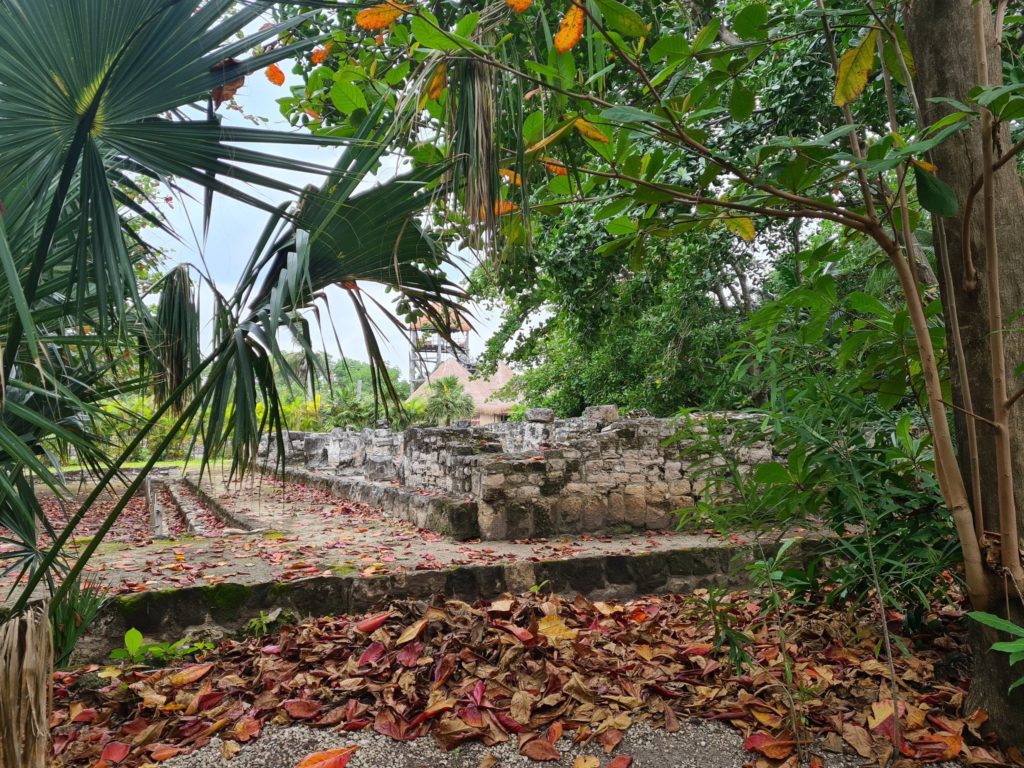
A little bit of history
Topics addressed in the Maya Museum of Cancún cover the traditional day-to-day life of the Mayan people, their architecture, politics, communities and relationships, as well as their beliefs, rituals and religions.
Between 200 and 600 AD, the Maya culture in Quintana Roo reached enormous complexity. Great cities were built, with monumental structures in El Petén style, meaning they featured prominent staircases, stepped terraces, gently curving corners and tall, slender pyramids – some nearing 75 metres (250 ft) in height! These cities were not isolated, there is evidence they were linked politically and commercially over networks that spanned hundreds of miles.
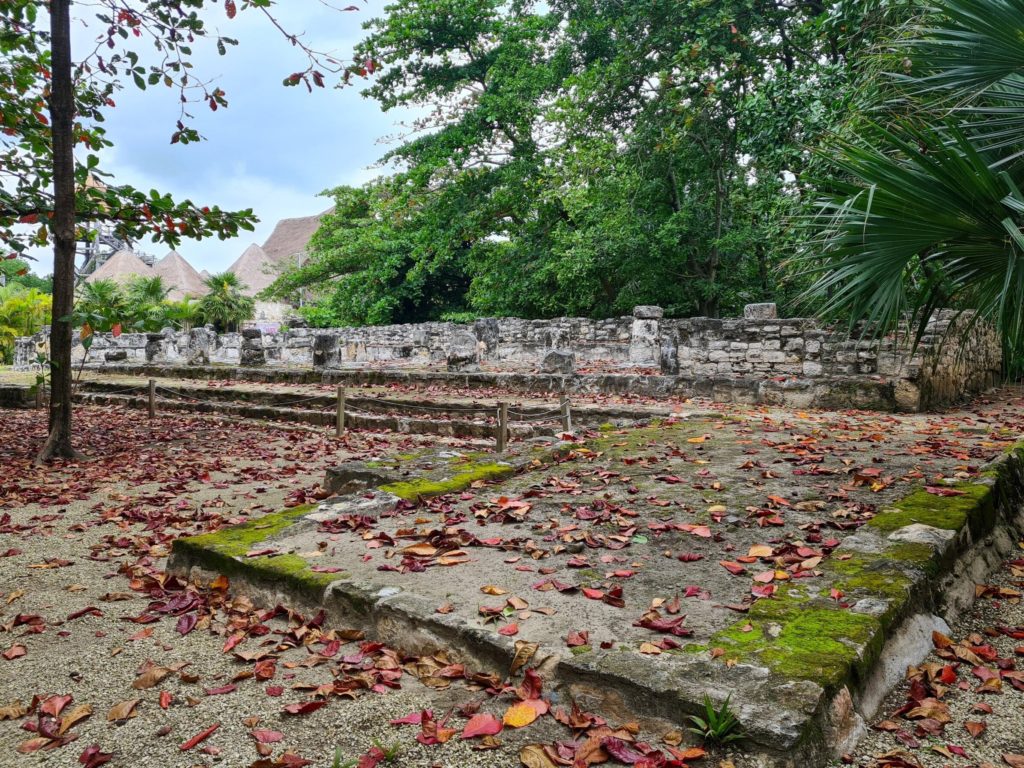
The Mayans created a precise calendar, based on their observations of meteorological and astronomical cycles – the Mayan Calendar. Mayan astronomers and scientists determined 2 cycles:
- Tzolk’in – 260 days divided into 20 months, each with 13 days. Each of these 13 days corresponded to a divine being who determined the fate and character of anyone born on that day, as well as the activity that should be carried out (such as sowing or harvesting crops).
- Ha’ab – the regular calendar had 360 days with 18 periods of 20 days, plus 5 unnamed days on which disastorous events could occur.
Priests in charge of the Mayan Calendar (aj k’inob) organised ceremonies to preserve harmony between humans and forces of nature. It is also believed that Mayan buildings were designed to incorporate the passage of the sun during a solstice.
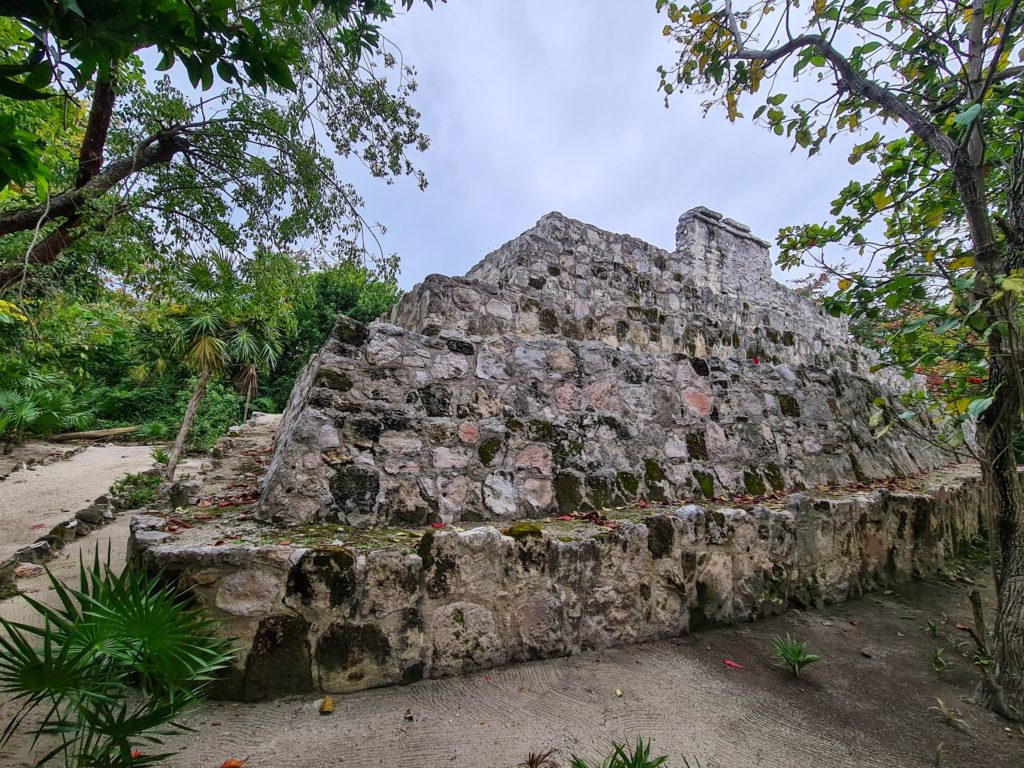
The ruined Mayan temples of San Miguelito
After time in the exhibition you can walk the winding jungle path, which takes you past ruined Mayan temples which were once part of the San Miguelito community. The largest ruin is 8 metres tall and still retains its classic pyramid shape. Placards are located along the path and describe the importance and function of the site’s main structures, in Spanish and English.
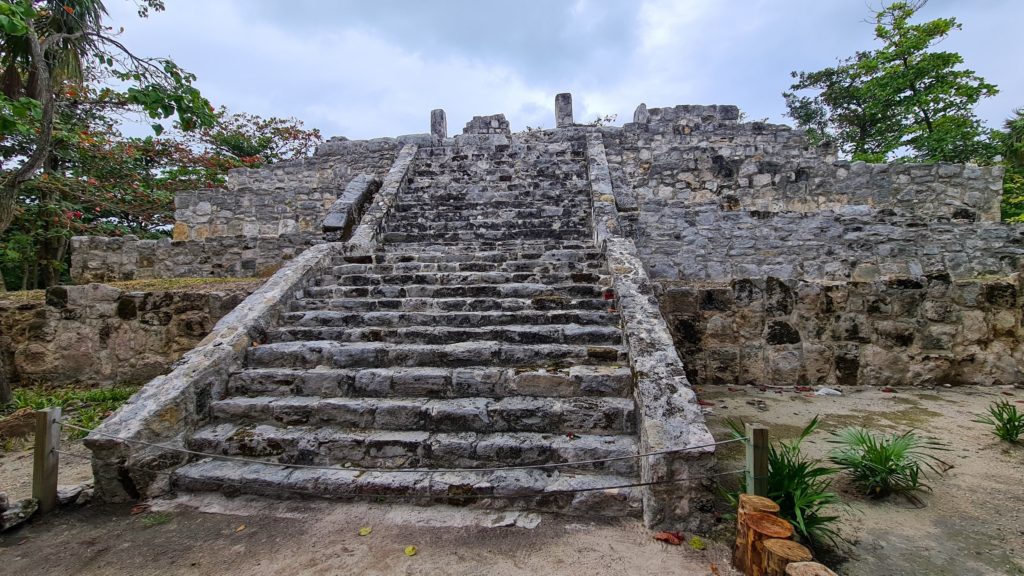
It is believed that San Miguelito peaked between 1200 and 1350 AD, when it was one of the most powerful settlements in Cancún. It grew to include the nearby site of El Rey but, for unknown reasons, rapidly declined in the 14th century. It was abandoned after the arrival of the Spanish in the mid-1500s and those that remained succumbed to European diseases. The site remained virtually untouched until the early 1900s when American archaeologists Thomas Gann and Samuel Lothrop visited Cancún. They created the first modern-day descriptions and site maps of San Miguelito and the Mexican government began excavating and restoring the site in the 1970s.
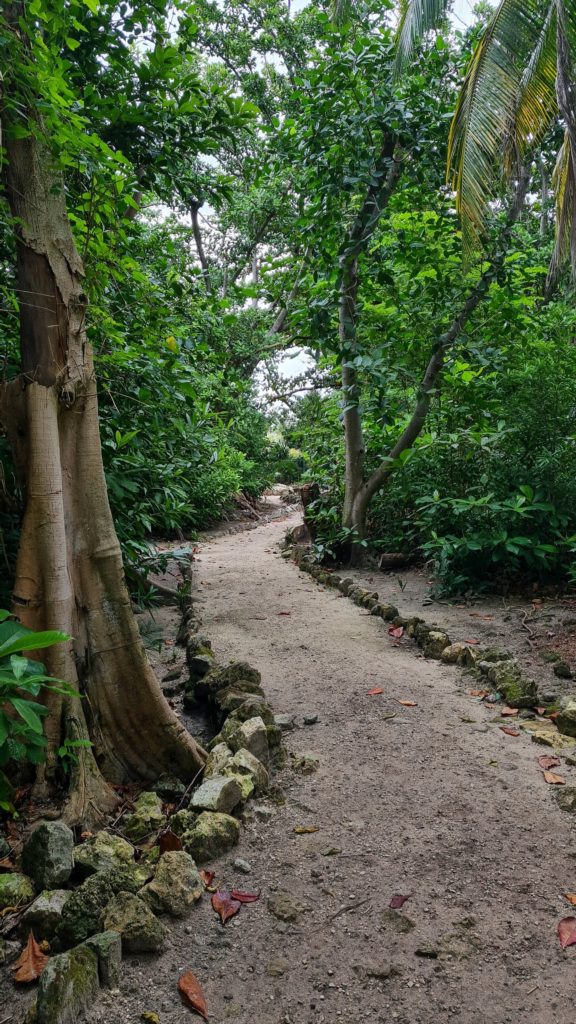
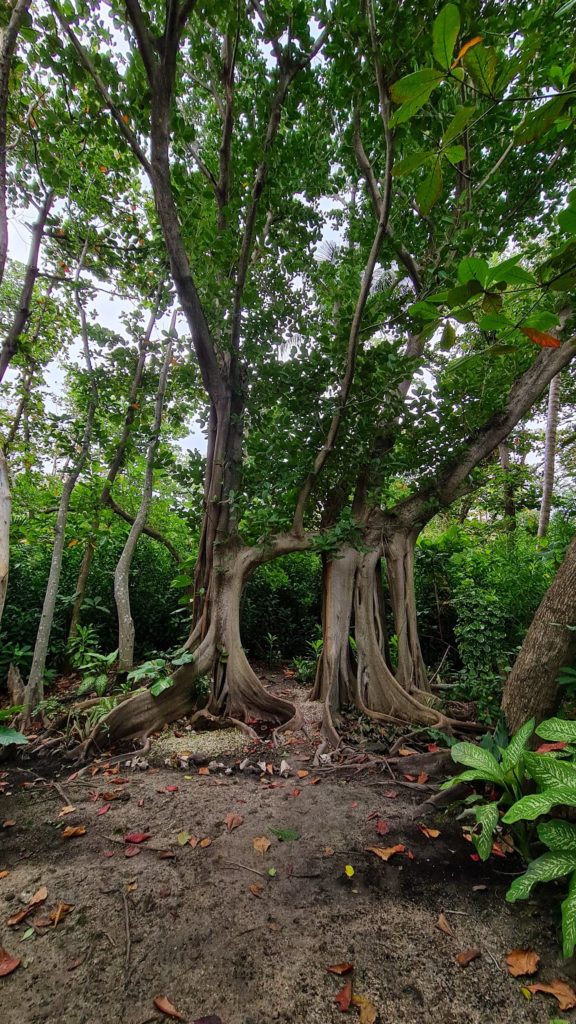
About the site
A visit will typically take 1-2 hours, depending on how much of the information you’d like to read in the museum and on the walk.
The outdoor portion of the site is divided into four sections: the North Complex, the Chaak Palace Grouping, the Dragon Complex and the South Complex. The route follows a figure of 8. You can either turn right (north) to the North Complex, then double-back to see the Chaak Palace Grouping, Dragon Complex and South Complex, or follow it the other way as we did.
On the jungle path, you should keep an eye out for wildlife, as we saw an iguana and a small brown lizard as well as countless birds.
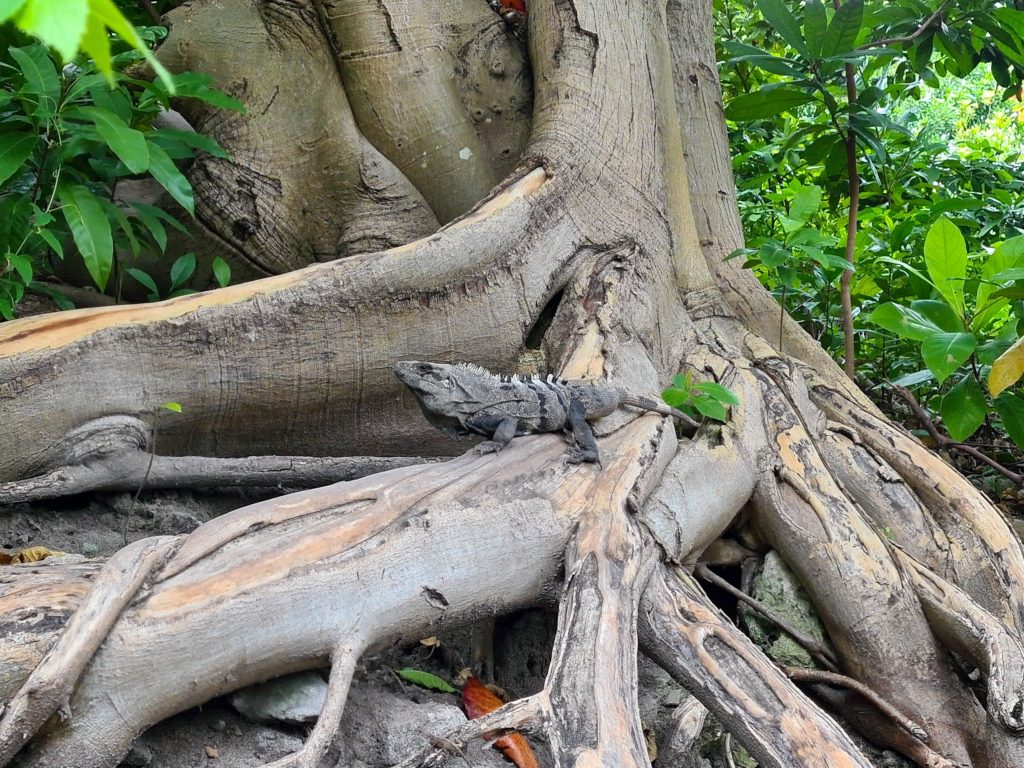
How much is entry to Museo Maya de Cancún?
Entry costs about $5 USD per person. The list of prices is as follows:
- 85 pesos for 1 person
- 170 pesos for 2 people
- 255 pesos for 3 people
- 340 pesos for 4 people
- 425 pesos for 5 people
- 510 pesos for 6 people
- 595 pesos for 7 people
- 680 pesos for 8 people
- 765 pesos for 9 people
- 850 pesos for 10 people
The ruins are open Tuesday-Sunday, year-round and the last entry if the day is at 16:30.
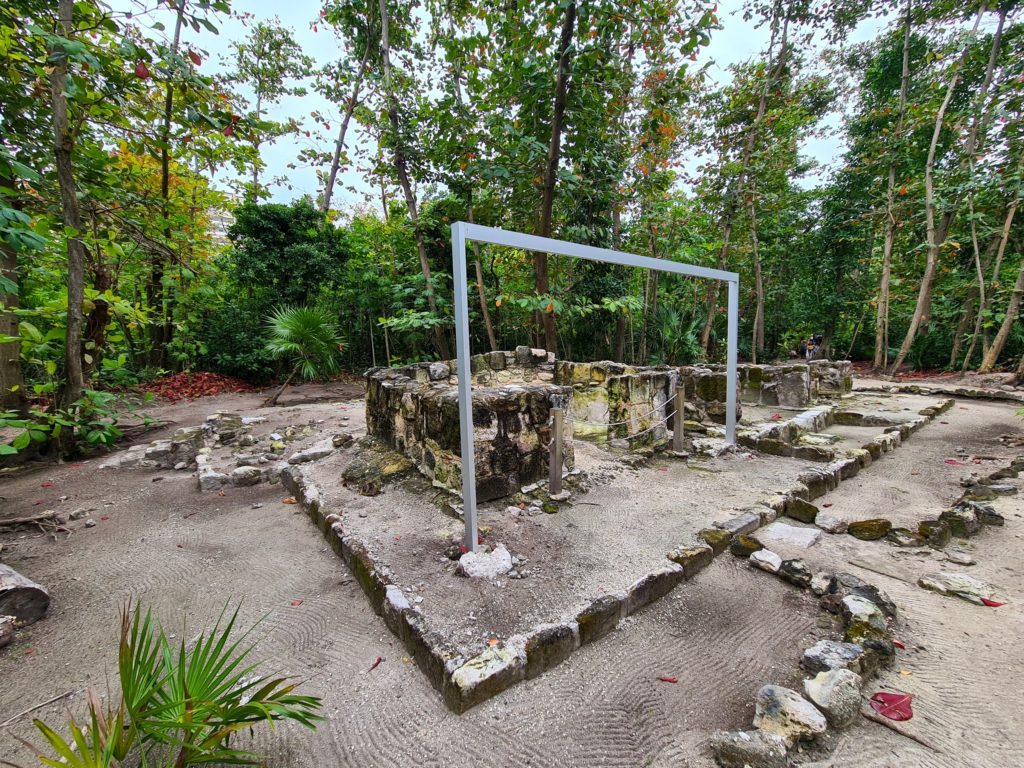
What to know before you go
No bags bigger than a clutch bag (12” x 12”) are allowed into the site. There is a sign that also says tripods, umbrellas and selfie sticks are not permitted and food, alcohol and bottles bigger than 600ml are also prohibited. However, we had just done a grocery shop and were admitted with a small backpack each, which happened to have alcohol and food in, and we weren’t checked. You’re allowed to take photos but filming requires a permit, which comes at a small fee.
Climbing on and entering San Miguelito’s structures is not permitted, although we did see a lot of tourists doing this on our visit. It’s important not to touch or stand on the ruins to help prevent further erosion to the buildings.
It’s advisable to bring insect repellent, especially if you’re visiting on the late afternoon, when mosquitoes are most active.
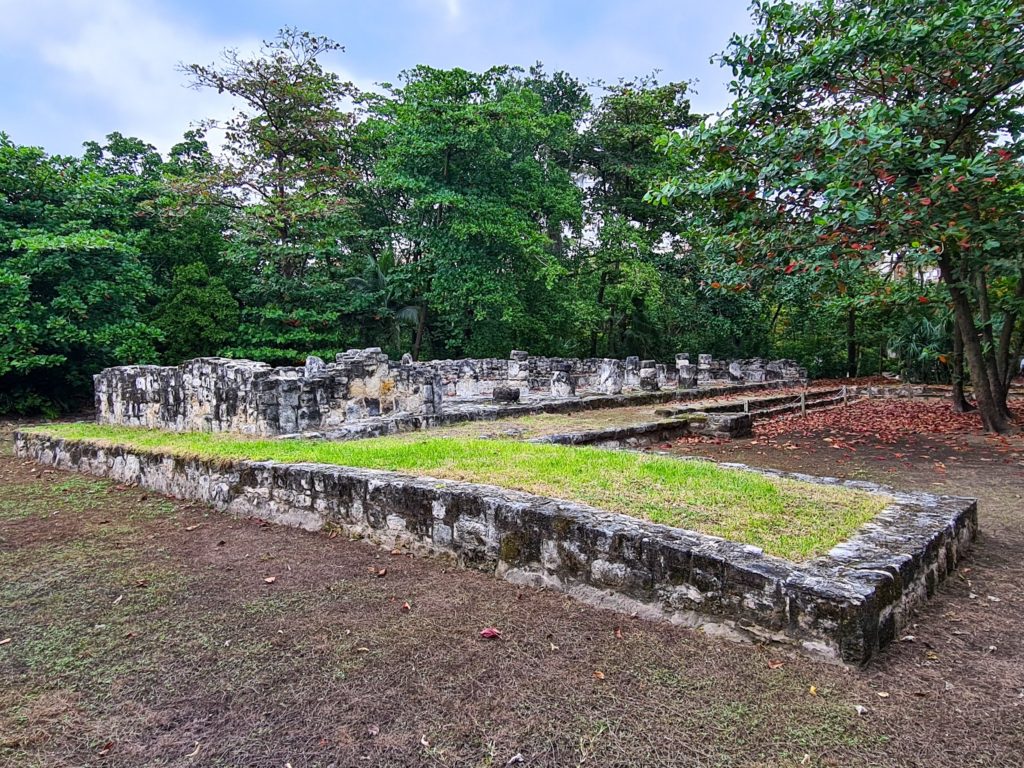
Interactive Cancún Map
Read next:
Balandra Bay: Mexico’s Most Beautiful Beach
The 18 Best Vegan & Veggie Spots in Downtown Tulum
The Thorough Guide to Magdalena Bay Grey Whale Camp, Baja California Sur, Mexico
Everything you need to know about Swimming with Whale Sharks in La Paz, Mexico
What to Eat in La Paz, Mexico + The 4 Best Spots for Fish Tacos
